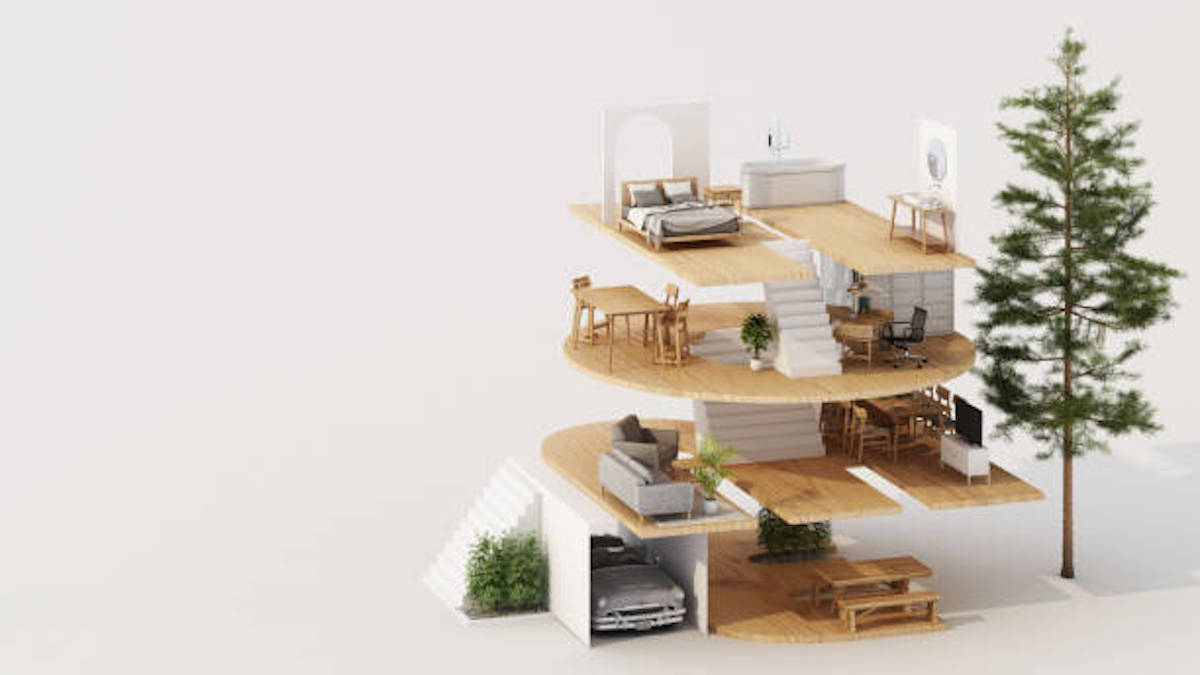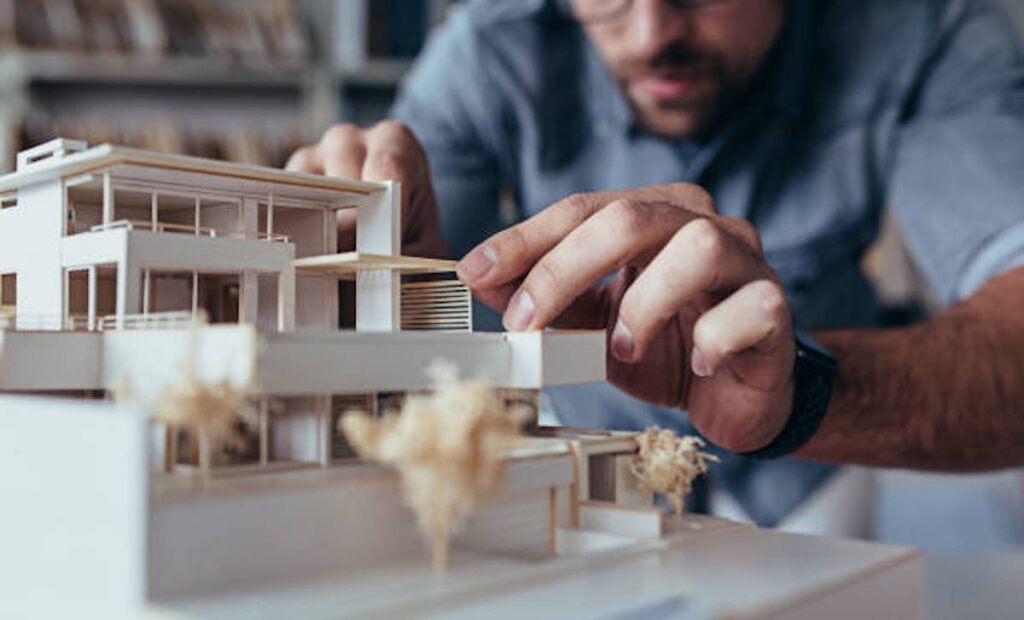
Choosing the Right Materials for Your Model Building Project
Model building is a deeply engaging and creative hobby that allows enthusiasts to recreate and bring to life a wide range of subjects, from historic landmarks to intricate miniature vehicles. However, starting with the right materials is crucial to creating a captivating and realistic model. In this comprehensive guide, we’ll delve into the world of model-building materials, exploring the key components that form the foundation of any successful project. Each choice plays a pivotal role in achieving a professional finish, from the type of wood or plastic to the adhesives and paints. Let’s embark on this journey and set you on the path to crafting your masterpieces.
Choosing the Base Material
Wood, Plastic, or Metal – Which One to Pick?
The choice of base material is the most critical decision you’ll make in your model-building journey. Wood, plastic, and metal material offers unique advantages and considerations.
Wood is favored for its natural look, workability, and ease of customization. It possesses a warmth and authenticity that can lend a project a distinctive charm. Architectural models, ships, and other subjects that desire a natural finish particularly suit wood. It’s also an excellent choice for those who enjoy carving intricate details.
Conversely, plastic provides a wide range of pre-moulded parts, making it convenient for achieving intricate details. This material is commonly used in model aircraft and cars. Plastic kits often come with finely detailed components, reducing the need for extensive customization. Additionally, plastic models are more budget-friendly, making them an excellent choice for beginners or those experimenting with different techniques.
Metal, while less common, offers unique advantages. It provides durability and a realistic weight, which can be particularly beneficial for certain models, such as military vehicles or figurines. Metal models can be a rewarding challenge for experienced builders, offering different techniques and considerations compared to wood or plastic.
When deciding, consider your project’s subject, preferences, and the techniques you’re most comfortable with.
Adhesives: Holding it All Together
Glues, Cement, and Putty – Finding the Right Bond
Selecting the appropriate adhesive is essential for a sturdy and seamless model. The right adhesive ensures the components stay secure, creating a cohesive and well-constructed final product.
For wood models, consider using wood glue. This type of adhesive provides a strong, flexible bond ideal for wooden components. Choosing a high-quality wood glue is essential to ensure the best results.
For plastic models, plastic cement is the go-to choice. This type of adhesive creates a chemical reaction that fuses the plastic parts, resulting in a strong and durable bond. Applying plastic cement sparingly is crucial, as excessive use can damage the plastic.
Putty is another valuable tool for model builders. It’s often used for filling gaps and seams, ensuring a smooth finish. Different types of putty are available, so be sure to choose one compatible with your chosen materials.
Epoxy resin is a versatile adhesive known for its strength and durability. It’s an excellent choice for bonding different materials, making it suitable for projects involving wood, plastic, and metal components.
Carefully matching the adhesive to your chosen materials will result in a model that stands the test of time with securely and seamlessly integrated components.
Precision Tools: Shaping Your Vision
Scalpels, Files, and Saws – Tools of the Trade
You’ll need precision tools designed specifically for model building to bring your model to life. These tools allow for accurate and detailed work, ensuring that every component fits together seamlessly.
A sharp scalpel is indispensable for clean cuts and delicate carving. It allows for precise trimming of parts and fine detailing work. Be sure to have extra blades on hand to maintain sharpness.
Files and sandpaper are essential for refining edges and smoothing surfaces. They allow for precise shaping and finishing touches. Having a variety of grits available will give you flexibility in achieving different levels of smoothness.
A fine-toothed saw is crucial for cutting larger pieces or modifying the base material. It provides the precision to create intricate shapes and achieve the desired dimensions.
Investing in high-quality, specialized tools ensures accuracy and minimizes the risk of accidental damage to your model. With the right tools, you’ll be equipped to tackle even the most intricate and challenging projects.
Read More:
Choosing the Right Sport to Experience Bali’s Beauty
Discover the Ultimate Luxury: Private Villa Bali
Paints and Finishes: Adding the Final Touches
Acrylics, Enamels, and Varnishes – Bringing Color to Your Creation
Choosing the right paints and finishes is where your model truly comes to life. The right selection of colors, finishes, and application techniques can transform your model from a collection of parts into a realistic and visually striking representation of your chosen subject.
Acrylic paints are a popular choice for model builders. They are versatile, quick-drying, and easy to clean up, making them a convenient option for beginners and experienced builders. Mixing acrylic paints to achieve custom shades is easy, as they come in various colors.

Enamels provide a durable, glossy finish and suit detailed work well. They provide a smooth, even coat that enhances the appearance of your model. Enamels are available in various colors and can be thinned for airbrush application.
Varnishes provide a protective layer for your model, preserving the paintwork and adding a professional finish. Matte, satin, and gloss varnishes offer different sheen levels, allowing you to achieve the desired final appearance.
Consider the color palette and finish you envision for your project and select paints accordingly. Experimenting with different techniques and layering effects can add depth and realism to your model’s finish.
Research and Reference Materials: Getting it Right
Books, Photographs, and Blueprints – The Importance of References
A successful model-building project often hinges on accurate research. Gathering and utilizing reference materials is crucial in ensuring your model accurately reflects the original subject.
Books and publications on your chosen subject can provide valuable insights into its details, proportions, and historical context. They can serve as a foundation for your project, offering a wealth of information to guide your efforts.
Photographs are invaluable references for capturing specific details, textures, and colors. Analyze photographs from various angles to understand the subject’s appearance comprehensively.
Blueprints and technical drawings, if available, offer precise measurements and details that can be invaluable for achieving accuracy in your model. These documents provide a blueprint for your project, ensuring each component is proportioned correctly.
Additionally, online resources, forums, and communities dedicated to model building can be excellent sources of information and inspiration. Engaging with fellow model builders can provide valuable insights and tips.
The more thorough your research, the more authentic and impressive your final creation will be. Attention to detail and accuracy in your references will set your model apart as a true representation of the subject.


